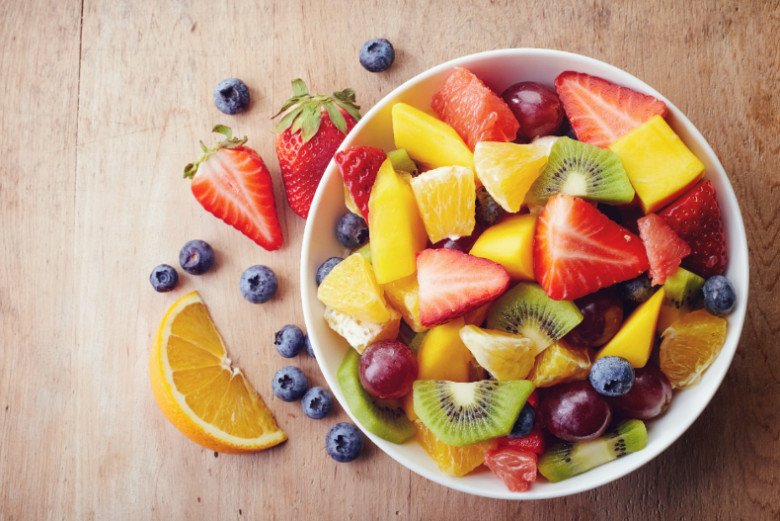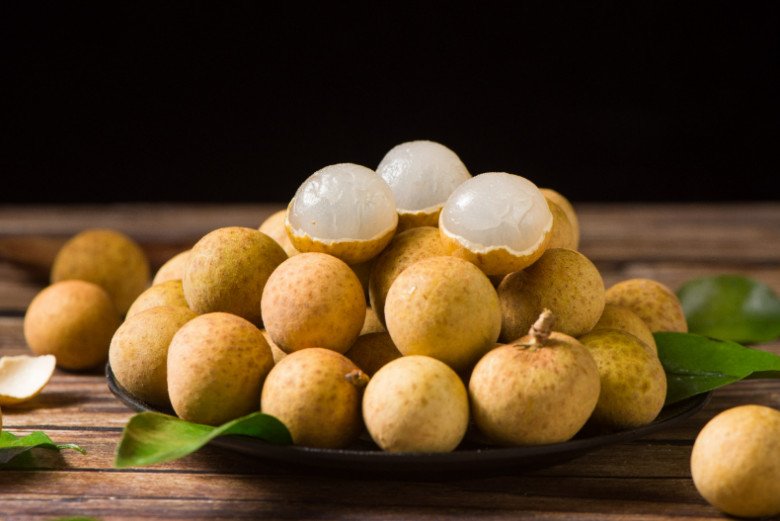Why Eating Fruits Doesn’t Always Mean Weight Loss

Fruits are often touted as nutritious and healthy due to their high water, vitamin, and mineral content. However, some fruits contain almost as many calories as a bowl of rice. Overconsumption can lead to an overall increase in calorie intake, hindering weight loss efforts and even causing weight gain.
Additionally, fruits contain three types of sugar: glucose, fructose, and sucrose. These sugars are the main source of calories in fruits. Excessive fructose intake can be easily stored as fat in the liver, leading to health risks such as abdominal obesity, high blood pressure, and metabolic syndrome.
Therefore, eating fruits doesn’t always guarantee successful weight loss for everyone.
Fruits to Avoid When Trying to Lose Weight
Fruits with high calorie, sugar, and glycemic index values, such as durian, sweet apples, longan, lychee, mango, banana, pineapple, coconut, and watermelon, should be consumed in moderation. These fruits have a high sugar content and a high glycemic index, which can cause a rapid increase in blood sugar levels.

Furthermore, when fruits are turned into juice, consuming large quantities can increase overall calorie intake, which is counterproductive to weight loss. The juicing process also removes natural fiber, reducing the health benefits of fruit consumption and potentially leading to a lack of satiety, resulting in overeating.
Some fruits also contain just as many calories as meat or rice, for example:
– Coconut: Coconut is rich in protein, fat, vitamin C, sugar, and various trace elements. However, it is very high in calories, with 100g of coconut containing 241 calories, equivalent to 2.1 bowls of rice. It tops the list of fruits with high-calorie, fat, and sugar content.
– Avocado: Avocados have a high oil content, ranging from 8% to 29%, and their fat content is approximately 15%, more than double the amount found in some chicken and fish. Additionally, the calorie content in avocados is equivalent to 1.4 bowls of rice, with 100g of avocado providing 161 calories.
– Durian: Durian is also calorie-dense, with 100g containing 147 calories, equivalent to 1.3 bowls of rice. It also has a high-fat content.

– Jackfruit: Jackfruit contains 105 calories per 100g, lower than the previously mentioned fruits. However, it has a very high sugar content, and overconsumption of sugar can lead to increased calorie intake and obesity.
Guidelines for Fruit Consumption During Weight Loss
If you’re trying to lose weight, the best time to eat fruit is after your main meals. This can prolong the feeling of fullness and prevent overeating sugary fruits on an empty stomach, which can cause blood sugar spikes.
To maintain stable blood sugar levels, combine fruit with nuts and yogurt. Additionally, it is recommended to consume a total of 2 to 4 handfuls of fruit per day and vary your choices rather than focusing on a single type.
Some weight-loss-friendly fruits include apples, guava, kiwi, jicama, dragon fruit, grapefruit, oranges, berries, and tomatoes.
“The Weight Loss Challenge: Overcoming Middle-Age Spread with 3 Simple Exercises”
As we age, our metabolism slows down, and for women, this can mean a higher tendency to gain weight. This is why engaging in the right sports and physical activities becomes even more crucial after the age of 40. It’s important to understand that our bodies undergo various changes as we enter different stages of life, and adapting our fitness routines is essential to maintaining a healthy weight and overall well-being.



































